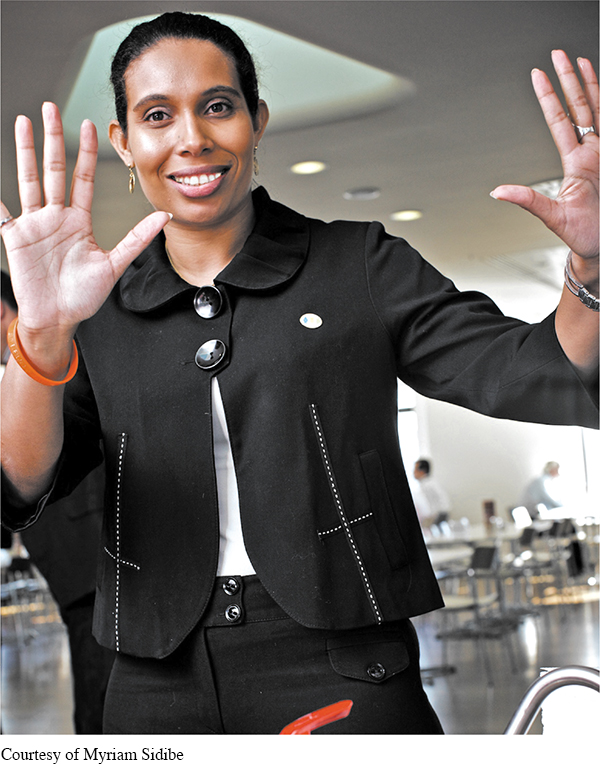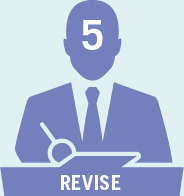Chapter Introduction
14
Composing Your Speech
W hen Dr. Myriam Sidibe speaks to audiences, her message is one that parents tell children everyday: wash your hands.1 But unlike most parents, she has a PhD in public health and handwashing, and she’s on a mission to ensure children live healthy, normal lives. Dr. Sidibe knows too well the health risks involved when children neglect to wash their hands. They are more likely to contract flu, pneumonia, respiratory illnesses, and diarrhea. In some parts of Asia and Africa, these preventable diseases can be a death sentence for young children who don’t have adequate medical care. When she speaks to audiences, Dr. Sidibe makes a clear point: handwashing with soap is one of the most cost-
1 Opener crafted from Sidibe (2014).
Speaking at a TED (Technology, Entertainment, and Design) conference in New York City, Dr. Sidibe made her point about the importance of handwashing in several dramatic ways, first by opening her talk with a horrifying scenario:
So imagine that a plane is about to crash with 250 children and babies, and if you knew how to stop that, would you? Now imagine that 60 planes full of babies under five crash every single day. That’s the number of kids that never make it to their fifth birthday. 6.6 million children never make it to their fifth birthday.
Dr. Sidibe then developed her talk by introducing supporting material—
Even when soap is available, it is used for other reasons. For example, soap can be found in 90 percent of households in India, but many don’t use it for handwashing. To illustrate why, Dr. Sidibe displayed a photograph of a young boy named Mayank and explained:
Why is it that Mayank, this young boy that I met in India, isn’t washing his hands? Well, in Mayank’s family, soap is used for bathing, soap is used for laundry, soap is used for washing dishes. His parents think sometimes it’s a precious commodity, so they’ll keep it in a cupboard. They’ll keep it away from him so he doesn’t waste it.
Dr. Sidibe urged her listeners—
In a speech lasting less than 12 minutes, Dr. Sidibe shared stories, provided scientific research, and involved her listeners. When it was over, the audience understood that the habit of handwashing with soap saves lives, and that a carefully composed speech can be an event to experience and remember.

Even when you know the specific purpose for your speech, determining exactly how to achieve it can be difficult. Dr. Sidibe had an important message to share with her audience, but deciding how to present her message took work. This process of determining your speech thesis and main ideas and arranging them into a coherent and engaging presentation is the third step of the speech preparation process: composing. (See Table 14.1 for the Five Steps in Speech Preparation.) In this chapter, you’ll learn:
How to develop your speech thesis
Ways to identify and arrange your speech’s main points
Ideas for keeping your audience engaged
Strategies for introducing and concluding your speech
How to write preparation and delivery outlines

|

|

|

|

|
| Choose your topic, adapt to your audience | Plan your strategy, conduct your research, evaluate your sources | Develop your speech structure and supporting materials, prepare your visual aids | Create speaking notes, practice aloud, work on delivery | Process feedback from others and self- |
edel/Shutterstock
 LearningCurve can help you review! Go to macmillanhighered.com/
LearningCurve can help you review! Go to macmillanhighered.com/